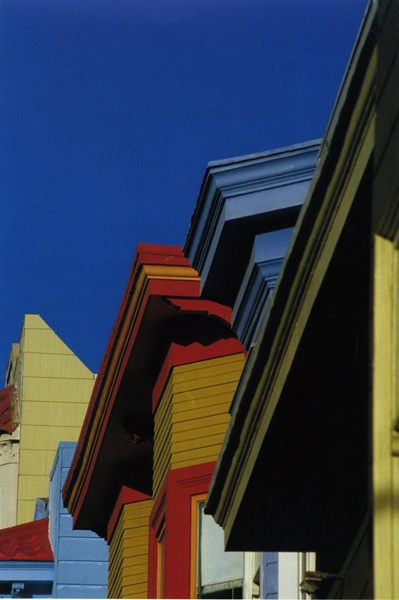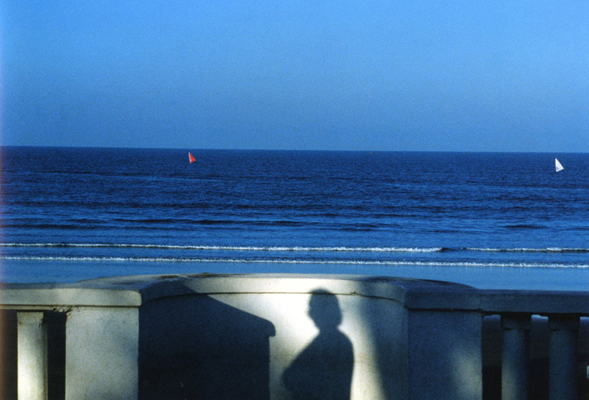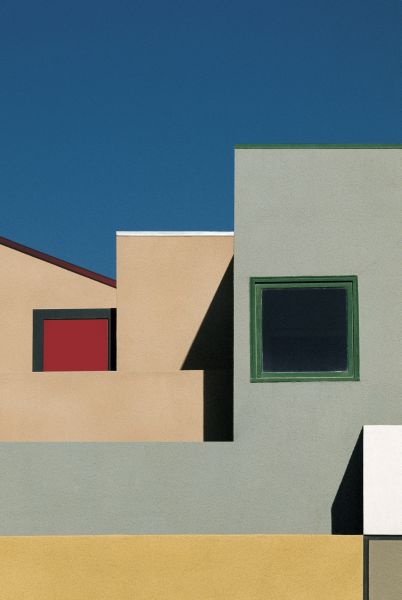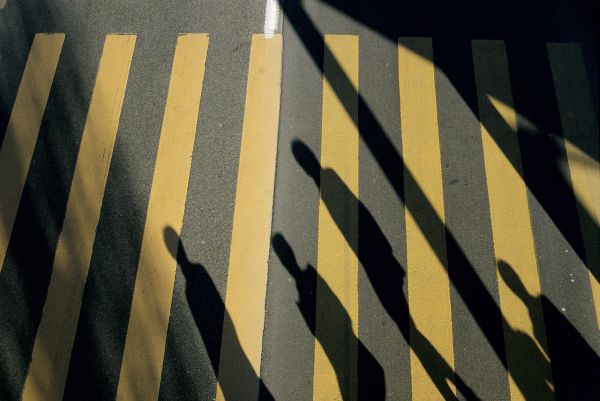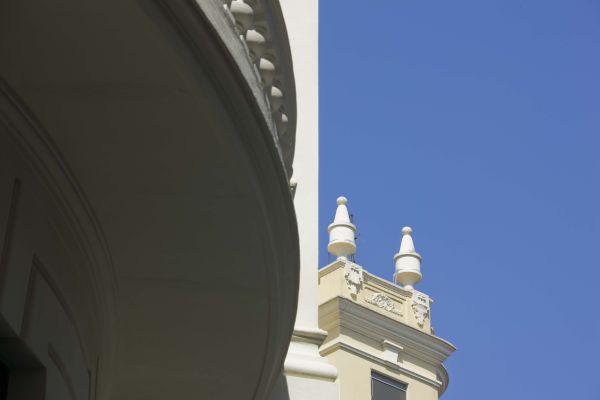Franco Fontana
Franco Fontana sets out from a conception of photography as a creative activity in which the relationship with nature or reality is accompanied by an intense poetic projection. He made this clear in an interview some years ago: “I think photography is not a study of positive reality but a search for an ideal truth full of suggestion, mystery and fantasy. To take a photograph is to possess, it is an act in which knowledge and profound possession are acquired. Photography should not reproduce the visible; it should make the invisible visible.” These are the principles that he has followed in producing the very varied work that we now see in this exhibition at the IVAM. It ranges from the studies of historical and architectural subjects that he made in the 1960s and ’70s, including the famous photo of Prague and pictures of Modena and Venice, to his explorations of rural landscape, interpreted with a new eye, which were very soon recognised as fundamental works of the photography of the time. His series on Basilicata, Apulia and the desert of Erfoud are possibly the most significant examples. Then there is a long sequence of city scenes in which he concentrates on recording signs and traces of humanity. Streets, shadows and road surfaces form a sequence in which Los Angeles, San Francisco and New York are settings that Fontana explores with a new kind of attention. One might say there is an American light that illuminates all these records of the 1980s and ’90s. People and places with a strongly cinematic imprint come to life and go about their business in an interplay of light and shade. Colour plays a fundamental part. In his startling Polaroid pictures, his sequences of rural landscapes, his photographs featuring the sea and the most recent pictures in which the setting is Valencia, Fontana gives his work a poetic intensity that brings out the emotion and magic in every situation, transforming what he does into a search for the invisible, the unrepeatable moment that exists in every work of art.
